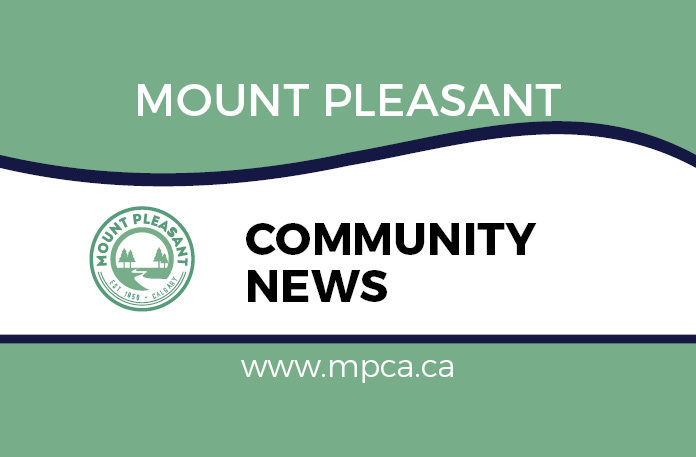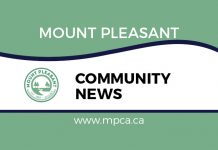Have you heard of the Buffalo Treaty? June is National Indigenous History Month, and the Green Initiatives Committee wanted to celebrate by drawing your attention to a project that encompasses Treaty 7, which includes Calgary, and far beyond.
The Buffalo Treaty is an agreement among many First Nations, both in Canada and the United States, to coordinate efforts at repopulating plains bison–commonly known as buffalo–especially throughout their traditional range from central Alberta to the plains of Texas.
You may know that, during the nineteenth century, buffalo were hunted to near extinction in North America. According to a report from Grist, by 1884 only a few hundred were left in the wild in the United States, with similar devastation in Canada. At times, overhunting was even encouraged by colonial governments as a way to weaken the self-sufficiency of First Nations that depended on the buffalo for food, clothing, spirituality, and much more.
While the disappearance of the buffalo was devastating for many Indigenous peoples, it also had lasting impacts on the environment. Bison are recognized as a keystone species of the prairies: their wallowing, grazing, and even their poop all spread seeds and create habitats for plants and other animal species. According to Parks Canada, when bison populations were decimated, “The native grassland ecosystems and the prairie species that depended upon bison declined with them.”
Projects led or co-led by First Nations of the Buffalo Treaty, which have included the reintroduction of bison in Banff National Park, have benefits for all of us who live in these territories. In an interview with the University of Alberta’s student newspaper The Gateway, Dr. Tasha Hubbard said those benefits include nurturing diverse plant and animal life, as well as carbon capture through maintaining healthy grassland ecosystems, where plants sequester carbon in the ground through their root systems.
Dr. Hubbard has also produced a documentary called Singing Back the Buffalo, which was released in 2024. A short version is available on CBC’s Nature of Things (watch on CBC Gem or YouTube).
In the Gateway interview, Dr. Hubbard said, “We can use what agency we have as human beings to support and create space for [the buffalo] to return.” This month, we encourage you to learn more about the Buffalo Treaty by visiting buffalotreaty.com, and to reflect on the beauty and importance of grassland ecosystems–a major one in Calgary being Nose Hill Park.
If you want to get involved and be a part of making Mount Pleasant a greener community, we would love to have you join the committee. Please email [email protected] for more information or if you have any questions.
Have a great month,
The MPCA Green Initiatives Committee

Photo Credit: Rewilding Magazine
Click here to the Mount Pleasant Community News home page for the latest Mount Pleasant community updates.











